If you’ve ever cooked a whole chicken and discovered something unusual inside—like a coiled, flower-like structure—you’re not alone. Many people have encountered this strange sight and wondered, “What is this, and is it safe to eat?” The answer lies in the chicken’s reproductive system, specifically the oviduct.
In this article, we’ll explore what the oviduct is, why it might still be present in your chicken, and what you can do to avoid this in the future. Plus, we’ll provide tips on how to handle this situation if it happens again.
What Is the Oviduct?
The oviduct is a key part of a hen’s reproductive system. It’s a long, coiled tube where eggs are formed before being laid. The oviduct is responsible for adding the egg white (albumen), membranes, and shell to the yolk as it travels through the hen’s body. In most cases, the oviduct is removed during the evisceration process when chickens are processed for consumption.
However, in rare cases, the oviduct may be left behind, especially if the chicken was not fully eviscerated during processing. This can result in the unusual structure being present in your cooked chicken.
Why Does This Happen?
The presence of the oviduct in a cooked chicken is typically due to incomplete evisceration during the butchering process. Here are some possible reasons why this might occur:
-
Processing Errors: In large-scale poultry processing plants, chickens are eviscerated by machines. Occasionally, these machines may miss certain internal organs, leaving parts like the oviduct behind.
-
Human Oversight: In smaller-scale or manual processing operations, human error can result in incomplete removal of the internal organs.
-
Unusual Anatomy: In some cases, the oviduct may be unusually positioned or difficult to identify, leading to it being overlooked during processing.
Is It Safe to Eat?
Please continue to Next Page (>) for the full details..

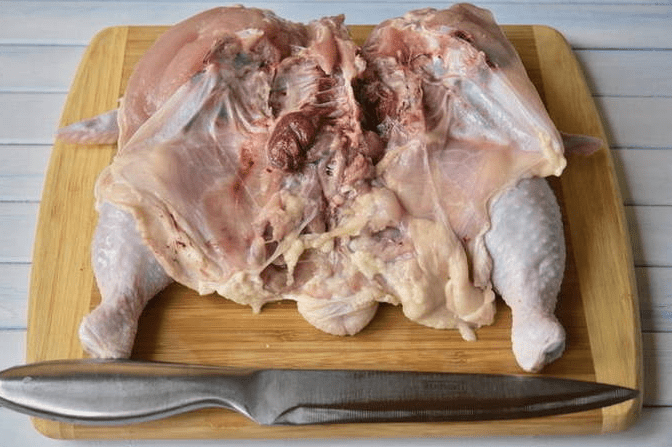
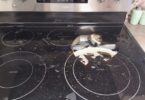
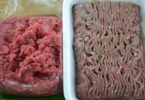
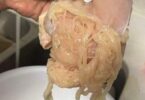
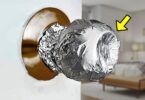
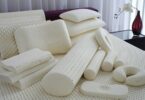
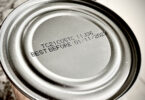
Leave a Comment